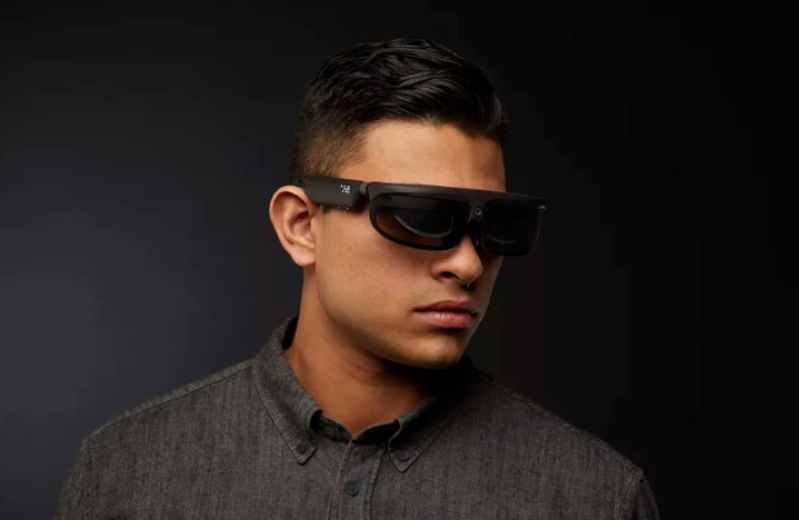
Osterhout Design Group, or ODG for short, has the idea that we humans are ready for the next big thing when it comes to technology -- wearing hologram glasses. Yes, it is still a kind of technology that has not quite taken off in a big way just yet, and seeing how ODG themselves, being a wearables company, is more famous for their industrial and medical heads-up displays than anything else. Hence, to hear that they have taken the opportunity at CES 2017 to debut not just one, but two pairs of augmented reality (AR) glasses in the guise of the R-8 and R-9 is certainly a pleasant surprise.
Even better yet is the fact that these AR glasses have been specially designed to be sleek enough to be worn like a normal pair without having everyone stare at you as though you have the plague. However, the weaknesses of traditional AR glasses still remain, and make no mistake about it -- the R-8 and R-9 will not look like a pair of Oakleys. However, they are far more compact than what most other AR glasses are like on the market, and taking into consideration that ODG has inked a partnership deal with China Mobile’s Migu Video, things might get all the more interesting.
It is important to note that the R-8 and R9 AR glasses will be powered by the all new Qualcomm Snapdragon 835 processor -- the very same processor that will see action in the flagship smartphones that are slated for release later this year. Powered by ODG’s very own Android Nougat 7.0-based Reticle OS, both models of these AR glasses will come with six-degree-of-freedom tracking, making it somewhat similar in nature to that of the Microsoft HoloLens. In other words, users are able to place digital items in real space, as opposed to draping a flat overlay over the world.
From what we know, the R-9 would be the high end model as it has been specially designed to deliver a greater degree of industrial options. Among them include a generous 50-degree field of view, which is far more than what most consumers are used to when it comes to AR glasses, alongside 1080p Full HD resolution as well as a 13MP front-facing camera which is more than capable of capturing precious moments in 4K video resolution.
There is also the possibility for the extension port in the R-9 glasses to expand its capabilities. With this extension port, companies are able to hook up specialized sensor modules. This opens the door to new features such as low-light vision or improved environmental scanning. The asking price of approximately $1,800 for the R-9 clearly puts it out of reach for most people, although it is still the more affordable option compared to the Microsoft HoloLens. If you feel that you have the dough to spare, then have you considered the more ostentatious model from ODG that is known as the R-7 industrial glasses? This pair is far more rugged and carries a jaw-dropping price of $2,750 a pop. R-9 developer units are set to ship in Q2 2017, before making available a wider release.
As for the R-8, this model will target consumer early adopters with a more modest 40 degree field of view, 720p resolution, and lacking a space for expansion modules. Obviously all of these have also contributed to it being lighter at 4.5 ounces, and will not pass the $1,000 price point. A couple of 1080p Full HD cameras in front capture stereo video, and shipping of the R-8 is set to commence in H2 2017.






![[Exclusive] Escaping Extreme Poverty: The True Story of a Ugandan Girl’s Transformed Life](http://dev.gospelherald.com/media/cache/thumbnail/7/23/72324sp_273w_150h_1x_1y.jpg)
